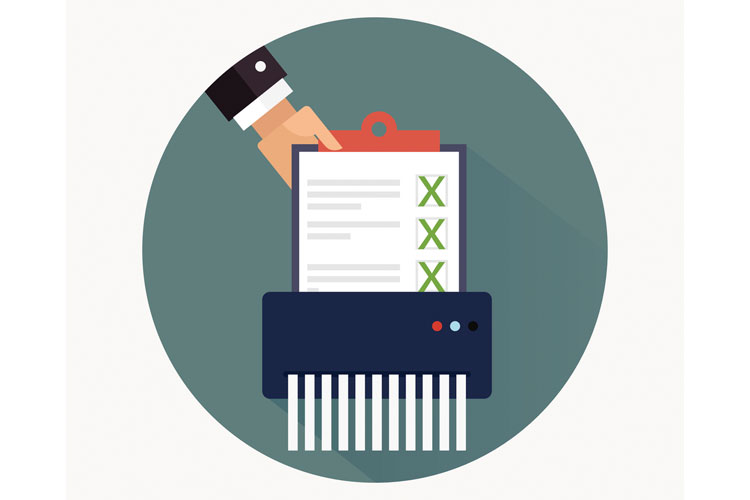Business Expansion
There are Several Variables to Consider:
Business Expansion Market Conditions
Market conditions have influence over selection of the best expansion strategy. If the market is consolidating rapidly, and greater scale is needed, acquisitions are the best route. If the market is in the early stage of product adoption, and distribution access is key, an acquisition can accelerate market entry. If the company is growing faster than the market and there are no industry shifts on the horizon, continued fueling of organic growth is the best approach. Market conditions combined with internal assessment of strategic strengths and weaknesses leads to the optimal balance of internal vs. external growth strategies. Market conditions present the environmental issues through which business expansion must prevail utilizing either internal or external growth strategies.


Business Expansion Organizational Readiness
Companies can overestimate their readiness to expand due to leadership team blind spots. Hypergrowth through acquisition requires high level integration planning. Talent access is the common constraint within middle market organization that bottlenecks business expansion. Companies should conduct a full assessment of their systems and human capital before embarking on an intense course of business expansion.
Business Expansion Capital Availability
Bank loans are sufficient for steady growth but often inadequate for driving transformational growth. Whether financing an acquisition or new business development, cash flow lending is the best option to support business expansion due to its ability to lend based on future cash flow. Acquisition scenarios need capital at closing as well as capital throughout the acquisition journey to support further growth and working capital demands. Business expansion and revenue growth is a capital consumptive activity and creates increased need for working capital at constant rate throughout the growth curve.


Business Expansion Dual Growth Path
Companies use acquisitions to gap their business model dependencies to become integrated and stronger. A manufacturing company may look to purchase their distributor to strengthen their distribution power. A product company may acquire a supplier to improve their product design capability. The advantages of the acquired company, if properly implemented within the new platform, create operational efficiencies and go to market benefits. The interplay between the advantages of the acquirer and the target creates higher levels of specialization density and a wider competitive moat.
Frequently Asked Question
Mezzanine debt is a flexible form of financing that sits between senior debt and equity. It can provide the capital you need for growth, acquisitions, or buyouts without giving up significant ownership.
Acquisition financing provides the funding needed to purchase another business. It may involve a mix of senior debt, mezzanine debt, and equity to create the right capital structure for your transaction.
Both terms refer to funding a business purchase, but “acquisition finance” often describes the overall strategy, while “acquisition financing” refers to the specific sources and structures of that funding.
We guide you through every stage of the process — from valuation and capital structuring to securing the right financing — ensuring a smooth, efficient, and value-maximizing merger or acquisition.
Companies often choose mezzanine debt when they need growth capital or acquisition financing but want to limit equity dilution. It’s ideal for middle-market businesses with strong cash flow.
Yes. Mezzanine debt can bridge the funding gap in merger and acquisition deals, allowing buyers to complete transactions without relying solely on equity or senior debt.
What We Offer
- Corporate Finance Expertise
- Vast Practical Experience
- Legendary Customer Service
Latest M&A Industry Updates!
- Current trends in Lower Middle M&A Market and Middle-market Mezzanine!
Get a Free Consultation!
- Mezzanine Funding Solutions
- Advisory Services
- End-to-end Acquisition Services
From Our Blogs












